Layard's Tit-babbler
Posted: Wed Mar 19, 2014 4:45 pm
622. Layard's Tit-babbler Silvia layardi Grystjeriktik
Description
13cm; 31g
Sexes are similar. Paler above than Chestnut-vented Tit-babbler. White vent is diagnostic. Whitish eyes and streaked upper breast and throat are the most useful field characters. Female is slightly more buffyish. Juvenile is slate-brown above, more buffy below, greyish throat without streaking.
The Layard's warbler or Layard's tit-babbler (Sylvia layardi) is a species of Old World warbler in the family Sylviidae. It is found in Lesotho, Namibia, and South Africa. Its natural habitat is subtropical or tropical dry shrubland.
Distribution
Endemic to southern Africa, occurring from western Namibia to South Africa.

Habitat
It is generally common, preferring shrubland in mountainous areas and arid fynbos, occasionally moving into gardens in rural villages in the Karoo.
Diet
It mainly eats invertebrates gleaned from the leaves and branches of low shrubs, supplemented with fruit.
Breeding
The nest is a small cup built of grass and silky fibres from the bark of Asclepias buchenaviana (Lammerlat), secured together with spider web, with thicker walls than the nest of the Chestnut-vented tit-babbler. It is typically placed in a fork near the base of a bush, often in Rhizogum obovatum (Simple-leaved rhizogum) in the southern Nama Karoo.
Egg-laying season is from March-December, from September to November.
It lays 2-3 eggs, which are probably incubated for 13-15 days.
Both adults care for the young, who leave the nest after roughly 15 days.
Call
More mellow and less sustained than Chestnust-vented Tit-babbler, chr peetu-peetu-peetu and variations thereof.
Status
Locally common endemic.
Description
13cm; 31g
Sexes are similar. Paler above than Chestnut-vented Tit-babbler. White vent is diagnostic. Whitish eyes and streaked upper breast and throat are the most useful field characters. Female is slightly more buffyish. Juvenile is slate-brown above, more buffy below, greyish throat without streaking.
The Layard's warbler or Layard's tit-babbler (Sylvia layardi) is a species of Old World warbler in the family Sylviidae. It is found in Lesotho, Namibia, and South Africa. Its natural habitat is subtropical or tropical dry shrubland.
Distribution
Endemic to southern Africa, occurring from western Namibia to South Africa.

Habitat
It is generally common, preferring shrubland in mountainous areas and arid fynbos, occasionally moving into gardens in rural villages in the Karoo.
Diet
It mainly eats invertebrates gleaned from the leaves and branches of low shrubs, supplemented with fruit.
Breeding
The nest is a small cup built of grass and silky fibres from the bark of Asclepias buchenaviana (Lammerlat), secured together with spider web, with thicker walls than the nest of the Chestnut-vented tit-babbler. It is typically placed in a fork near the base of a bush, often in Rhizogum obovatum (Simple-leaved rhizogum) in the southern Nama Karoo.
Egg-laying season is from March-December, from September to November.
It lays 2-3 eggs, which are probably incubated for 13-15 days.
Both adults care for the young, who leave the nest after roughly 15 days.
Call
More mellow and less sustained than Chestnust-vented Tit-babbler, chr peetu-peetu-peetu and variations thereof.
Status
Locally common endemic.
 © Nan
© Nan
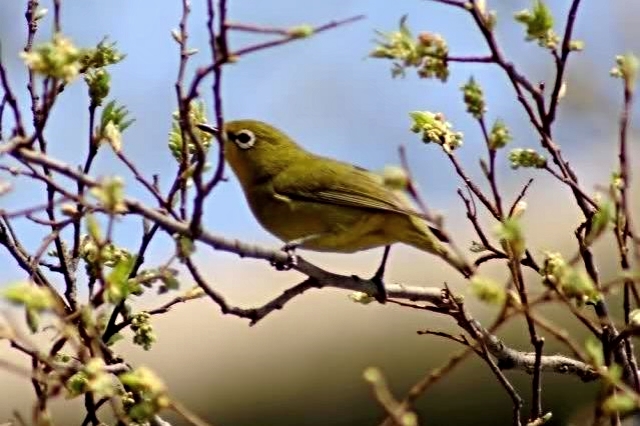
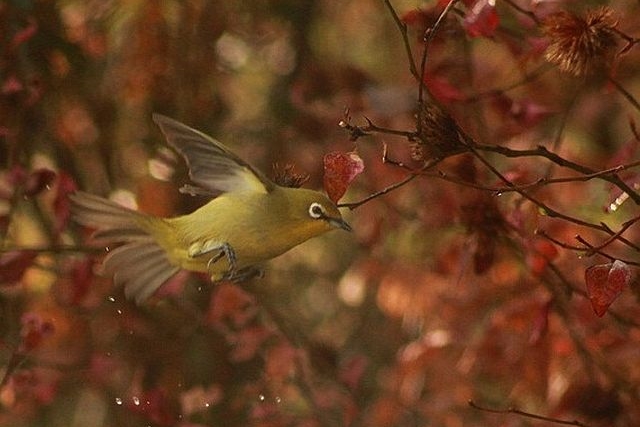 © Amoli
© Amoli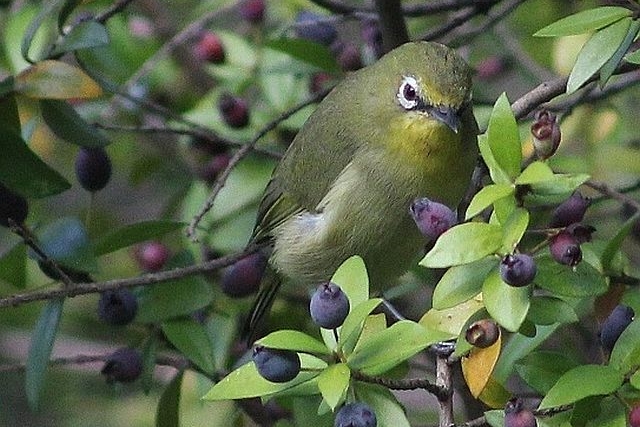 © Amoli
© Amoli © okie
© okie © nan
© nan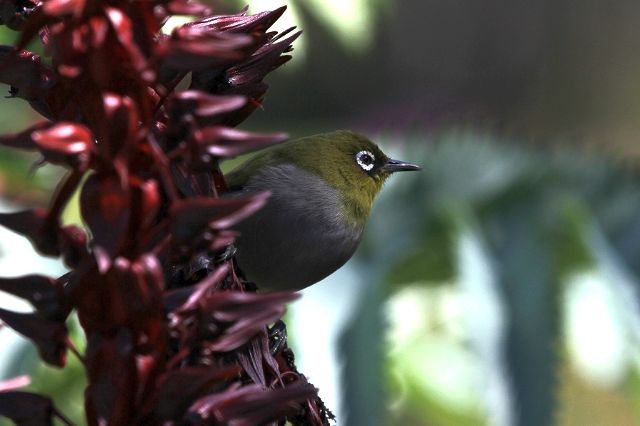 © Tina
© Tina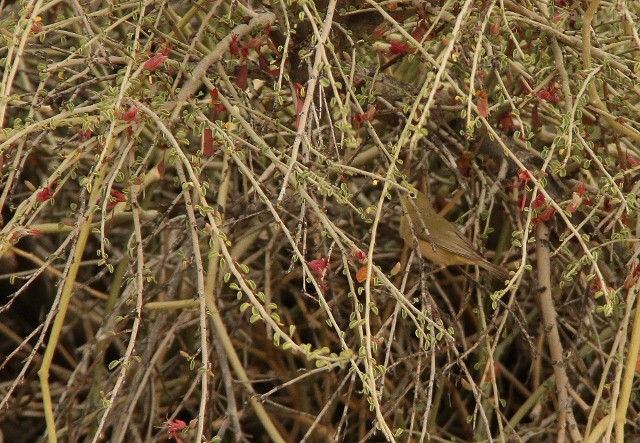
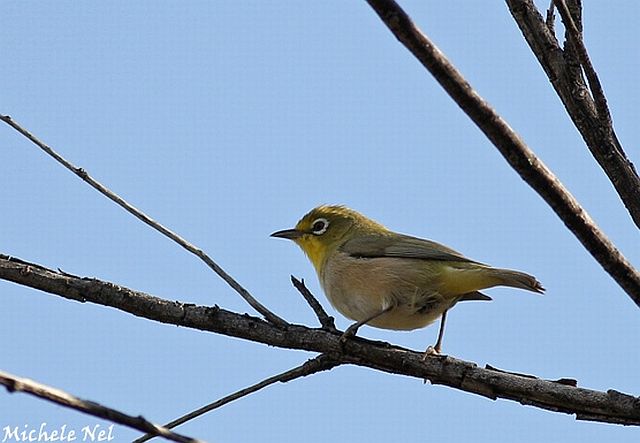 © Michele Nel
© Michele Nel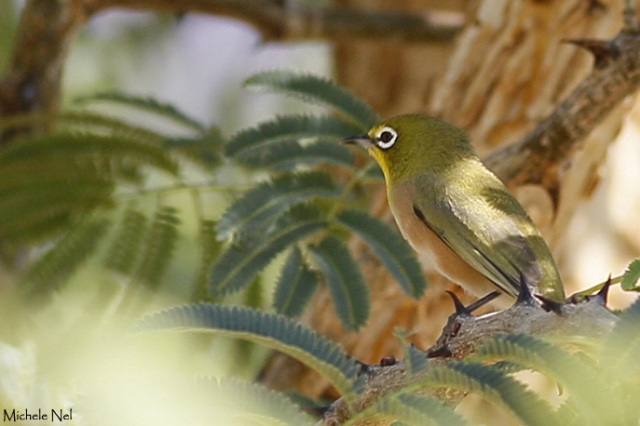 © Michele Nel
© Michele Nel © Michele Nel
© Michele Nel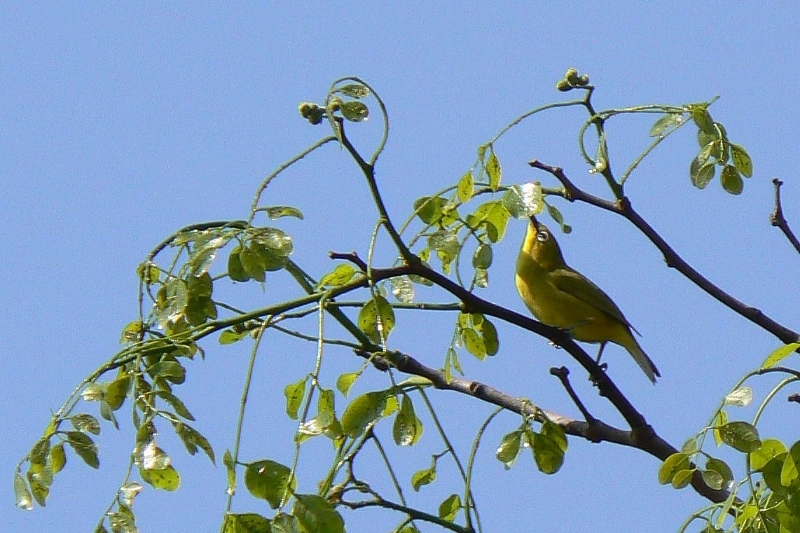 © Toko
© Toko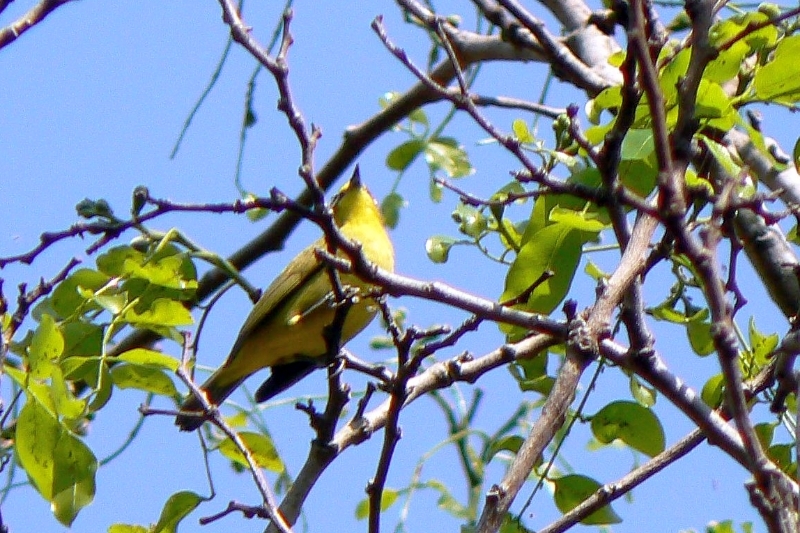
 © Toko
© Toko